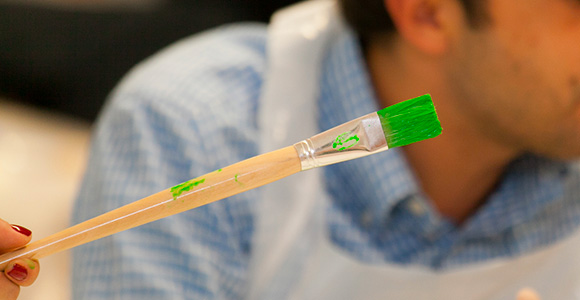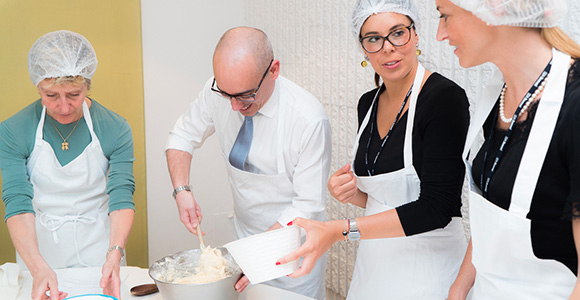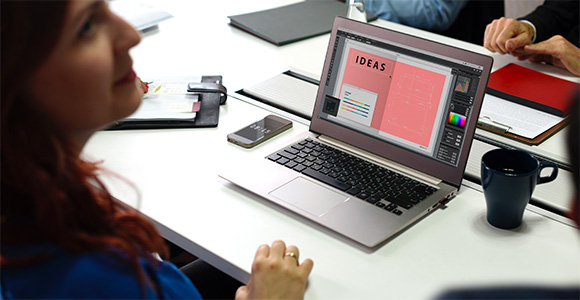«Italy as a campus»
During their stay at SDA Bocconi students will have an opportunity to meet entrepreneurs and managers of successful italian companies , financial institutions and public organizations.
Their active learning can be enriched with field research excercises conducted individually or small groups. The field research assignments in luxury, retail, automotive, fashion, urban development and real estate business are conducted according to the faculty guidelines, presented and discussed in class.











